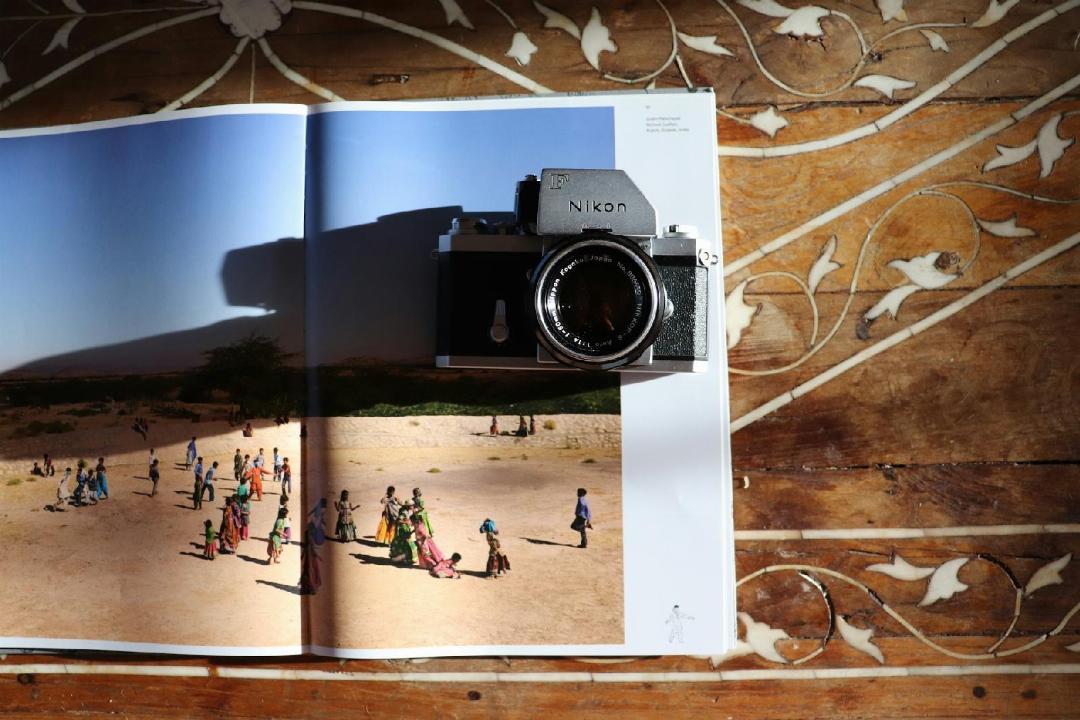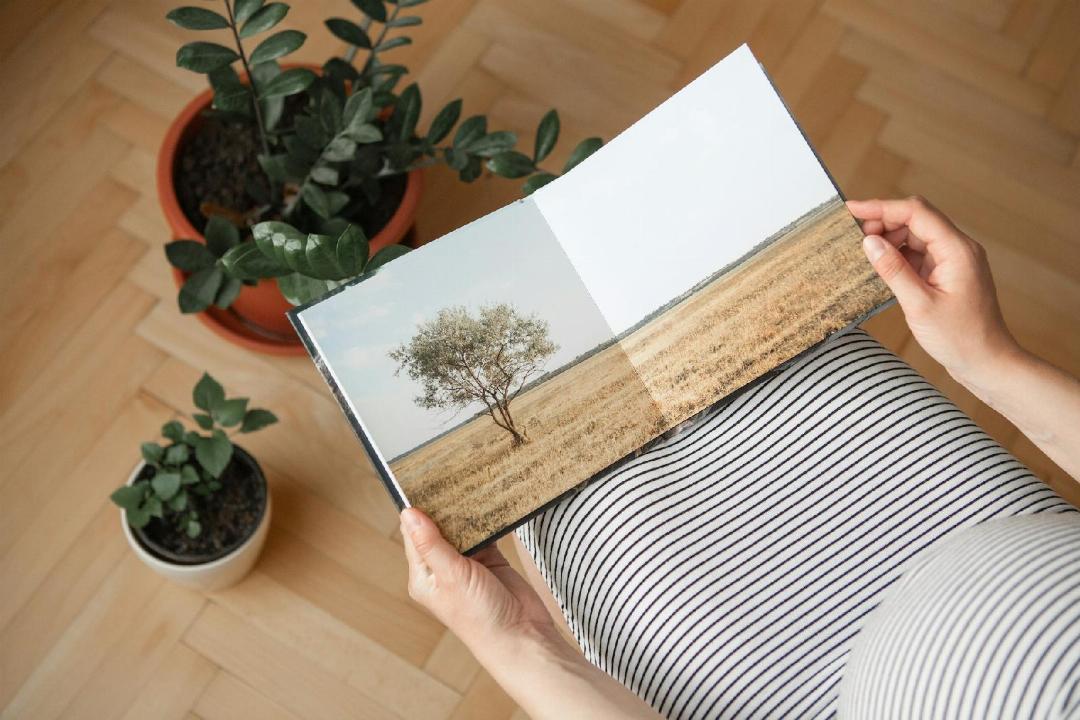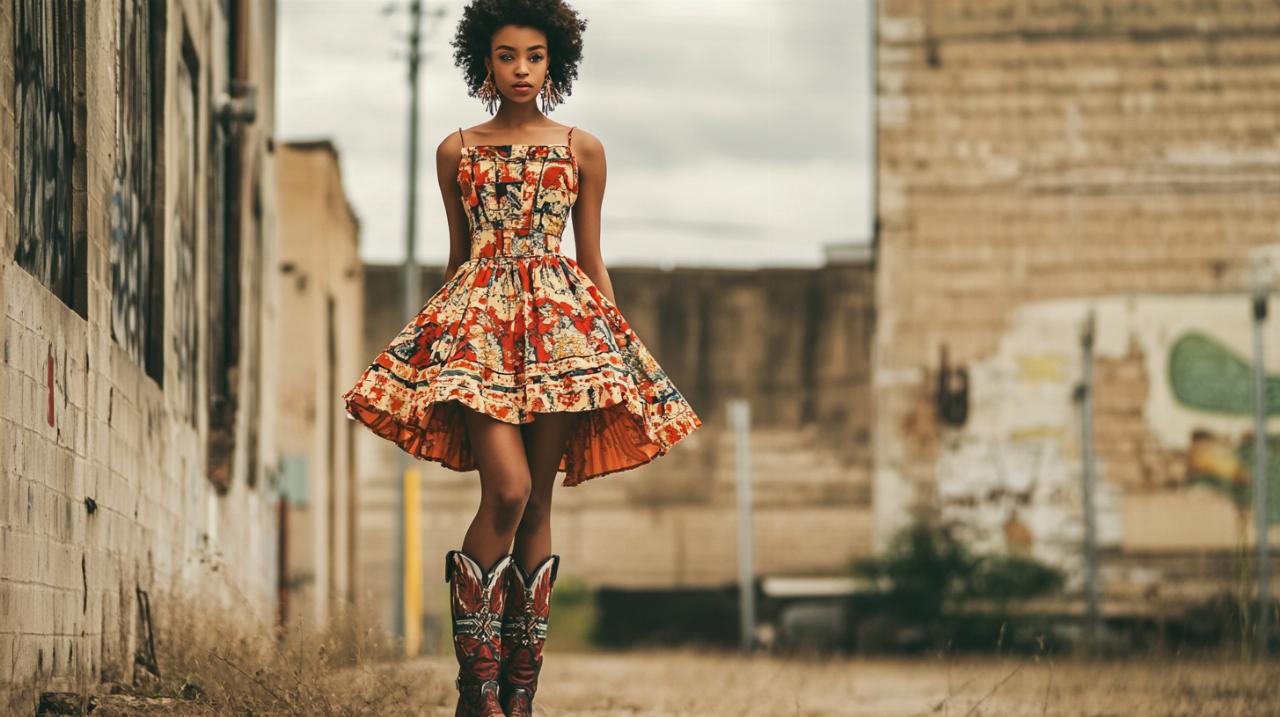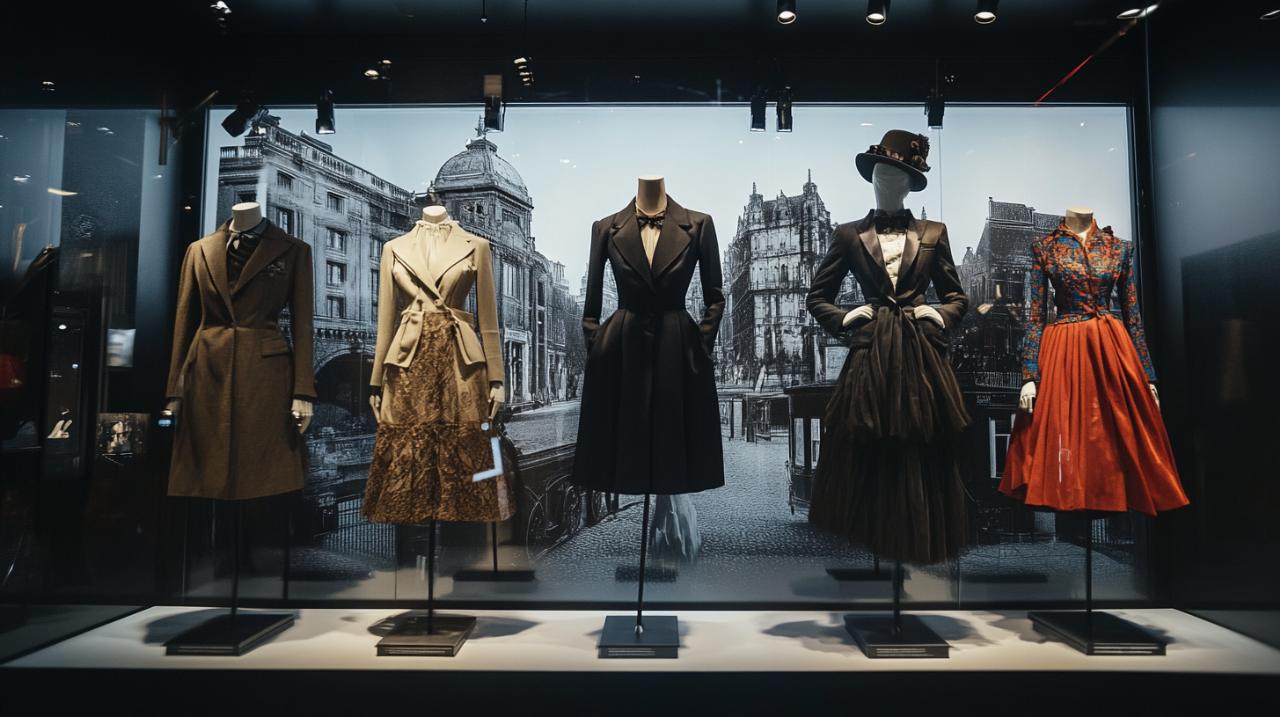Creating a nostalgic vintage family photo album offers a wonderful opportunity to preserve your family’s unique history while crafting a beautiful keepsake that can be treasured for generations. In today’s digital age, there’s something particularly special about the tactile experience of flipping through physical pages filled with memories. This guide will help you transform scattered photographs into a cohesive narrative of your family’s journey through time.
Gathering Your Family Photographs
The first step in creating your vintage family photo album is collecting all the photographs that tell your family’s story. This process often becomes a journey of discovery, as forgotten moments resurface and stories are remembered. Many families store their photos in various locations – old shoeboxes in attics, envelopes in drawers, or albums already beginning to deteriorate. Taking the time to gather these precious images from relatives near and far can uncover surprising connections and previously unknown family tales. According to travelmyself.de enthusiasts, this gathering phase is as meaningful as the finished album, offering opportunities to connect with family members through shared memories.
Sorting and selecting meaningful images
Once you’ve gathered your photographs, the selection process begins. Rather than including every image, focus on those that truly capture significant moments, personalities, and relationships. Consider creating a timeline of your family history, identifying key events and milestones that shaped your collective story. Look for images that evoke emotion or tell a story beyond what’s immediately visible in the frame. Photos showing family traditions, celebrations, homes, or even everyday moments often carry the most nostalgic value. Some families find it helpful to involve multiple generations in this selection process, as different perspectives can highlight the importance of images that might otherwise be overlooked.
Digitising old prints and negatives
Many vintage family photographs are at risk of deterioration due to age, improper storage, or exposure to elements. Digitising these precious memories ensures they remain preserved regardless of what happens to the physical copies. There are several approaches to digitisation, depending on your budget and technical comfort. You might use a scanner at home or your local library, employ the Google PhotoScan app on your smartphone for a convenient option, or invest in a professional service for the highest quality results. For particularly damaged or faded photographs, restoration services can work wonders in bringing images back to life. Some enthusiasts even explore colourising black and white photos using applications like Colorize, adding a new dimension to historical family images while maintaining their vintage character.

Choosing the Perfect Vintage Album Style
The physical album you select becomes part of your family’s story, so choosing one that complements your photographs while offering longevity is essential. The market offers numerous options ranging from affordable to premium, with companies like MILK Books specialising in high-quality photo albums starting from 195€. Their Premium Grand Landscape Photo Albums provide an elegant option with dimensions of 8.6 x 6.4 inches and capacity for 24-80 pages, perfect for creating an heirloom-quality presentation. Alternatively, their more accessible Classic Medium Landscape Photo Books start from 46€, offering a balance between quality and affordability. The style you choose should reflect both your aesthetic preferences and the era of most of your photographs.
Classic leather-bound options for heirloom quality
For truly timeless presentation, leather-bound albums offer unmatched elegance and durability. These albums age beautifully, developing character over time that enhances their vintage appeal. Premium options often feature hand-stitched bindings, gilded page edges, and customisable embossing that allows you to include family names or significant dates on the cover. While representing a higher investment, with some speciality albums reaching 360€ or more, these albums are designed to last for generations. The weight and texture of a quality leather album adds to the sensory experience of exploring family history, creating a ritual of remembrance that digital alternatives simply cannot match.
Selecting archival materials that preserve memories
Beyond aesthetic considerations, the materials used in your album significantly impact how well your photographs will endure over time. Archival quality pages with acid-free, lignin-free paper prevent yellowing and deterioration of your precious images. Look for albums that feature protective sleeves or mounting systems that don’t require adhesives directly on photographs. Photo corners made from archival materials provide a vintage mounting aesthetic while allowing photos to be removed if needed. Companies focusing on preservation, like some New Zealand-based specialists, offer albums with UV-protective page coatings that prevent fading from light exposure. These thoughtful material choices ensure your family album remains vivid and intact as it passes through generations, becoming not just a collection of images but a lasting legacy of your family history.




